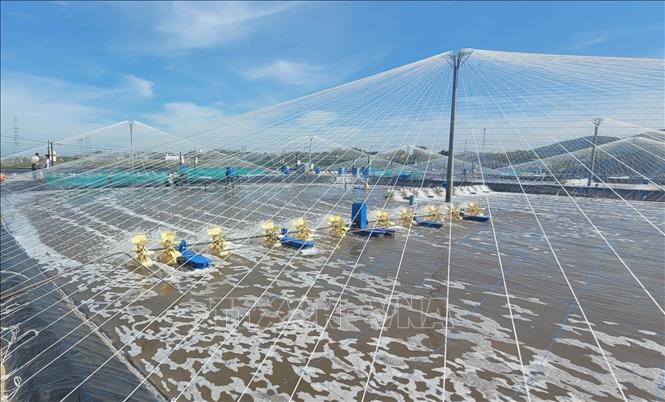
VNA reporters have written a series of two articles on the topic of Sustainable development of marine aquaculture to evaluate the advantages and potentials of Ho Chi Minh City in coastal aquaculture, as well as suggest solutions for the city's sustainable development of marine aquaculture in the coming time.
Lesson 1: Many potentials and advantages
With a long coastline, diverse ecosystems, and a large brackish-salt water area, the coastal area of Ho Chi Minh City has many favorable conditions for developing aquaculture. This is considered the "gateway" of the South in the export seafood value chain, directly connected to the Cai Mep - Thi Vai deep-water port system and modern logistics network.
Promoting diverse marine ecosystems
As a large coastal economic center, it has a large water surface area, a long coastline of more than 305km; of which, the mainland coastline of the sea is 100km long, with a diverse ecological environment, rich coastal ecosystem, and suitable salinity.
Along the coastline, the terrain is mostly sandy beaches, natural mangrove forests with many estuaries and canals running deep inland, making it favorable for aquaculture. In particular, the coastal area of Ho Chi Minh City is blessed with mild weather and rarely experiences strong storms. This is an important advantage for the coastal area of the city to develop aquaculture and become a key economic sector, contributing to ensuring food security, creating jobs and stabilizing livelihoods for coastal people.
Mr. Nguyen Kim Chuyen, Director of Quyet Thang Agricultural Cooperative, Long Huong Ward, shared that thanks to the location of the cooperative's shrimp ponds near the Dinh River mouth, with suitable salinity, it is very convenient for the cooperative to deploy a high-tech shrimp farming model on a large scale. The cooperative has abundant water resources and safe farming environment, so it rarely needs to use chemicals to treat the input water source. In addition, the cooperative can also regularly change the water for the shrimp, helping the shrimp grow quickly. Thanks to these favorable conditions, the cooperative has been very successful, earning billions of dong in profit each year from the high-tech shrimp farming model.
Mr. Tran Quoc Hung, who has been involved in cage aquaculture for 9 years in the Cha Va River area of Long Son commune, said: “Cha Va River is an ideal area for cage aquaculture because of its large water surface area, suitable salinity, and little wind and storms. Thanks to cage aquaculture, his family has had a stable life and income. Especially recently, when the farming environment has been strictly monitored by local authorities, it has helped the farming area become more and more stable.”
Actual records in coastal areas of Ho Chi Minh City, especially the former Ba Ria-Vung Tau area, show that many large-scale concentrated farming areas such as industrial shrimp farming in Phuoc Hai, Ho Tram, Long Dien communes and Long Huong ward; cage fish farming, oyster farming in Long Son island commune, Tan Phuoc ward... These farming areas not only meet domestic consumption needs but also provide a stable source of raw materials for processing and exporting enterprises. Stable salinity, abundant water resources and year-round temperate climate help the coastal areas of the city to be suitable for many types of aquatic products with high economic value such as white-leg shrimp, pomfret, cobia, grouper, oysters, clams, lobsters...
Assessing the potential and advantages of marine aquaculture in Ho Chi Minh City, Associate Professor, Dr. Nguyen Chu Hoi, Permanent Vice President of the Vietnam Fisheries Association, commented: “The coastal area of Ho Chi Minh City has great potential for marine aquaculture. If developed in the right direction, it will reduce exploitation pressure, especially destructive fishing, contributing to overcoming IUU fishing. The agricultural sector's policy is to shift towards increasing aquaculture to reduce exploitation pressure. This is the right direction, in line with the potential of Vietnam's seas, helping to develop a sustainable and responsible fishery."
Many effective models
Faced with the reality of increasingly depleted offshore fishing grounds, Ho Chi Minh City has advocated gradually reducing overexploitation and shifting to aquaculture associated with protecting marine ecosystems. Models of aquaculture combined with mangrove forests, aquaculture in estuaries or offshore have proven effective in balancing economic development and resource conservation.
Many years ago, the old Ba Ria-Vung Tau province issued policies and strategies for developing marine aquaculture, with special attention paid to estuaries and offshore islands. These areas are suitable for developing aquatic species with high economic value in the form of cage farming on rivers and at sea. The People's Committee of the old Ba Ria-Vung Tau province also had a policy to build research centers and produce aquatic and marine breeds for marine aquaculture in the area. At the same time, it created conditions for people to diversify farming objects and methods with appropriate acreage and output structures, promoting the application of certified aquaculture practices and traceability for key products such as black tiger shrimp, white-leg shrimp, etc.
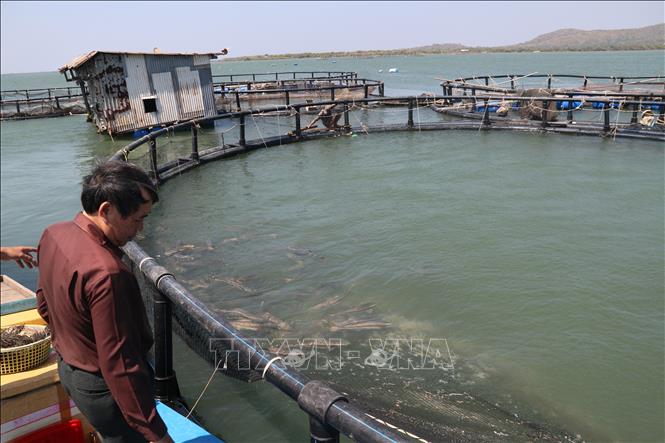
Thanks to the available advantages, as well as the local policy, many people have known how to take advantage to deploy many aquaculture models and bring high economic profits. Some effective farming models have brought large income to people in coastal areas: High-tech white-leg shrimp farming; cage farming in Cha Va and Long Son rivers; Environmentally friendly Pacific oyster farming.
Mr. Tran Quoc Hung, who raises aquatic products in Ganh Rai Bay, Long Son Commune, shared: “My family currently has 65 cages raising pomfret, cobia, grouper, sea bass and oysters. Thanks to the increasingly safe natural water source on the Cha Va River, each year my family supplies the market with about 115 tons of farmed aquatic products, after deducting expenses, the profit is about 500 million VND.”
In particular, Long Son is currently considered the “oyster capital” of the South with an average output of 15,000 tons/year, creating jobs and high income for hundreds of households. More than 3,000 tons of fish raised in cages each year also contribute to diversifying products, creating a unique brand for seafood in this region.
Previously, people in coastal areas of Ho Chi Minh City mainly raised native oysters (rock oysters) with natural seeds, depending on the season and environmental conditions. However, when the water environment changed, the rate of natural oyster seeds decreased, people proactively switched to raising Pacific oysters and using a new method, which is to use oyster shells as a substrate instead of fiber cement sheets or old tires. This method is both environmentally friendly and brings higher productivity.
Mr. Nguyen Van Nhat, an oyster farmer in Long Son, is a pioneer in this model. On an area of 1 hectare of water surface, he raises Pacific oysters with an average output of nearly 17 tons/month, net profit of nearly 2 billion VND/year. He said: "After being cleaned and disinfected, the oyster shells are put into the nursery tank. After a month, they can be brought to the raft to raise, both saving costs and protecting the environment."
Not only at the household scale, many enterprises and cooperatives also participate in investing in chain-based marine aquaculture. Projects of raising Pacific oysters, super-intensive shrimp, or grouper in composite cages have brought high efficiency, contributing to building the brand of "clean seafood" for the sea area of Ho Chi Minh City.
Minh Phu Aquaculture Limited Liability Company, Phuoc Hai Commune is one of the enterprises with the largest high-tech shrimp farming project in the province with a total area of about 300 hectares, with 560 farming ponds, 300 water treatment ponds, 280 nursery ponds and 2 seawater reservoirs, 1 wastewater pond. The company builds shrimp farming ponds in the form of floating round ponds, steel frames, tarpaulin bottoms, using Minh Phu Bio biological technology with 3 farming crops/year.
The farming and water treatment processes all use microorganisms, do not use antibiotics or chemicals, save electricity, and help reduce input costs. Farming using biotechnology has helped the company's ponds create a stable environment, the shrimp survival rate is over 85%, the growth rate is fast, shortening the farming time by 20 days, to only 3 months/crop. The company has spent 230 billion VND to build a 4.5km long pipeline to bring water from the sea to farm shrimp. Shrimp are raised with seawater and salinity is increased to make shrimp rich in free amino acids, and the shrimp color is shiny and beautiful.
“Due to the water treatment using microorganisms and the closed-loop farming process with a low density of 150-190 shrimp/m2, the shrimp have few diseases and the discharged water does not cause pollution, thereby creating added value by protecting the environment and reducing carbon emissions. The company's shrimp output reaches over 1,000 tons, enough to supply raw materials for processing for the company's own factory, with a profit of over 30 billion VND/year,” said Mr. Ngo Thanh Ha, Director of the Company.
With effective models and the right direction, coastal aquaculture in Ho Chi Minh City is gradually asserting its position, not only as a livelihood for people but also as a key economic sector contributing significantly to the green economic development of the city. (To be continued)
Final article: Clear planning of farming areas
Source: https://baotintuc.vn/kinh-te/phat-trien-ben-vung-nghe-nuoi-bien-bai-1-20251012071105892.htm


![[Photo] National Assembly Chairman Tran Thanh Man receives First Vice Chairman of the Federation Council of the Federal Assembly of the Russian Federation](/_next/image?url=https%3A%2F%2Fvphoto.vietnam.vn%2Fthumb%2F1200x675%2Fvietnam%2Fresource%2FIMAGE%2F2025%2F12%2F02%2F1764648408509_ndo_br_bnd-8452-jpg.webp&w=3840&q=75)

![[Photo] Worshiping the Tuyet Son statue - a nearly 400-year-old treasure at Keo Pagoda](/_next/image?url=https%3A%2F%2Fvphoto.vietnam.vn%2Fthumb%2F1200x675%2Fvietnam%2Fresource%2FIMAGE%2F2025%2F12%2F02%2F1764679323086_ndo_br_tempimageomw0hi-4884-jpg.webp&w=3840&q=75)




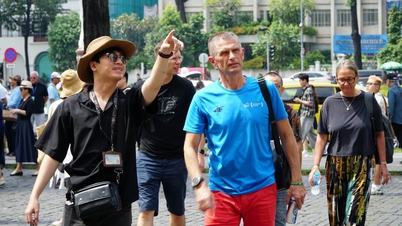

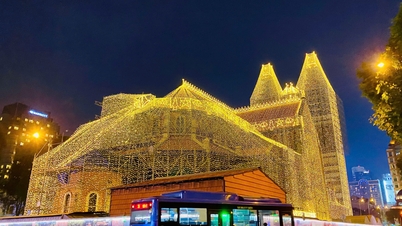

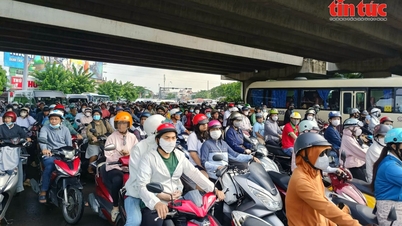
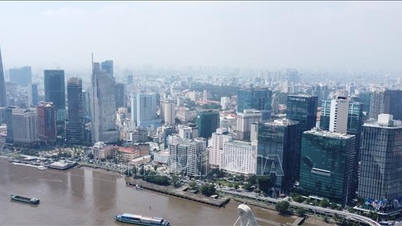
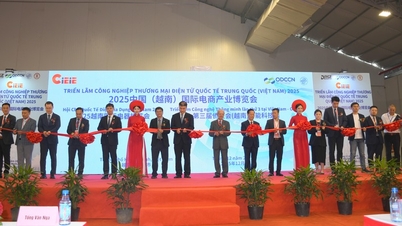

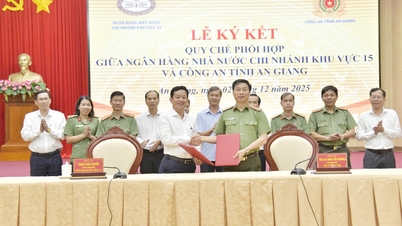

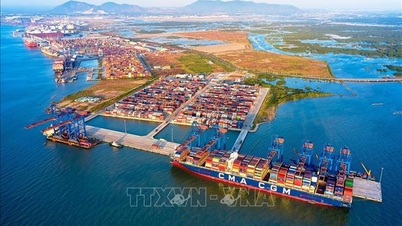
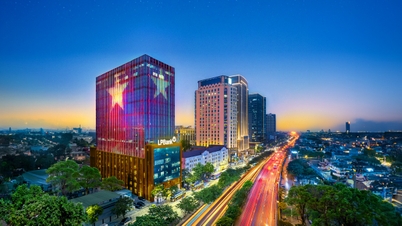
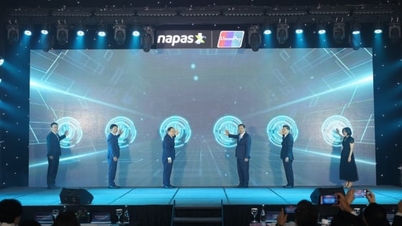

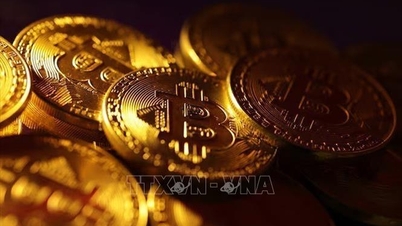








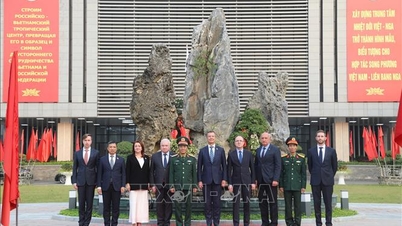
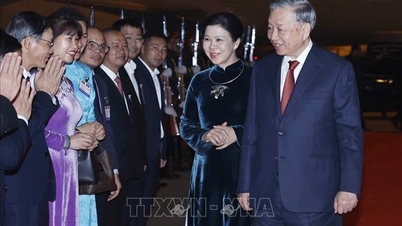

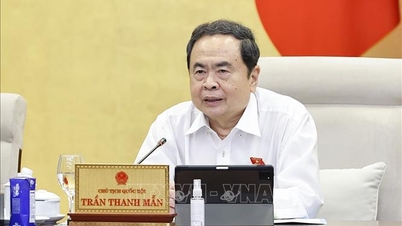
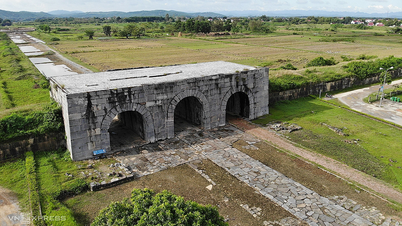




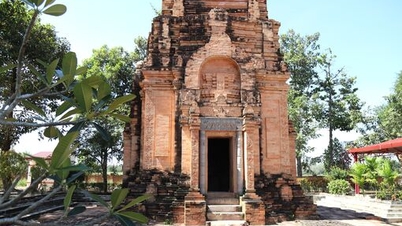

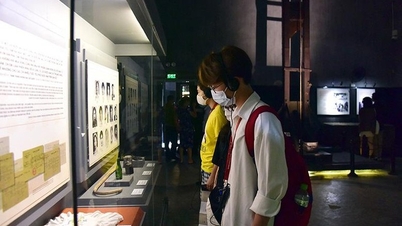
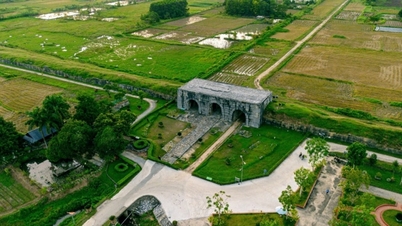

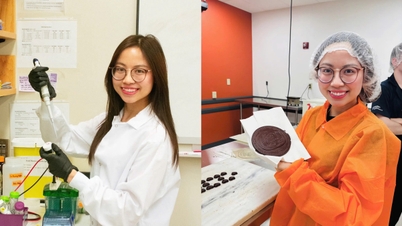

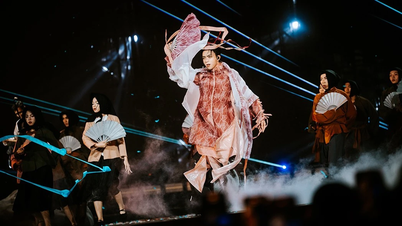

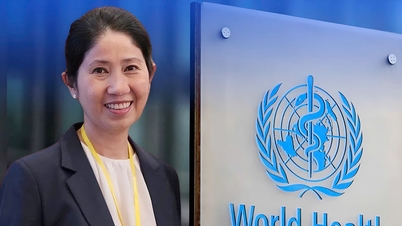


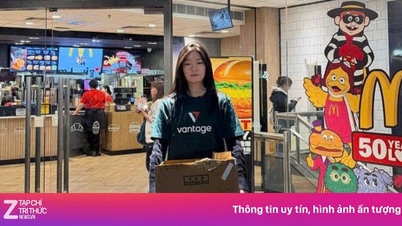

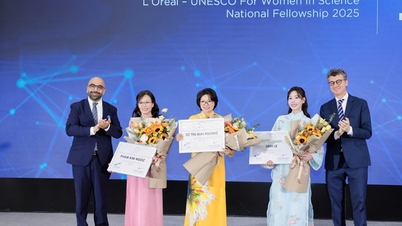



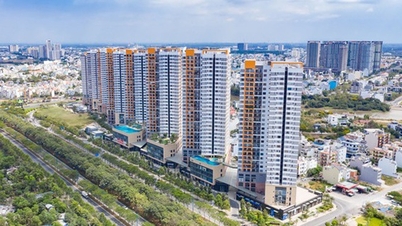

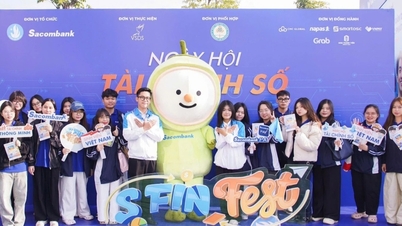


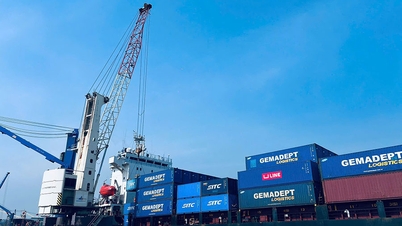







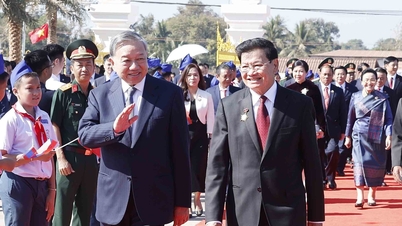
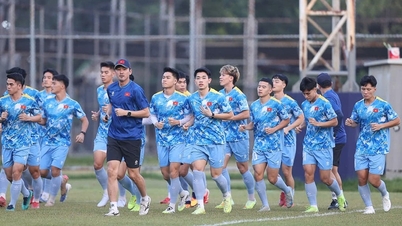


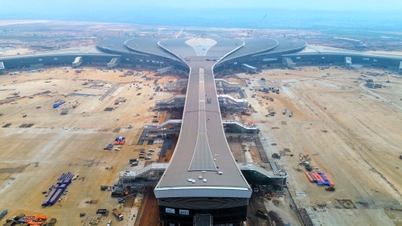
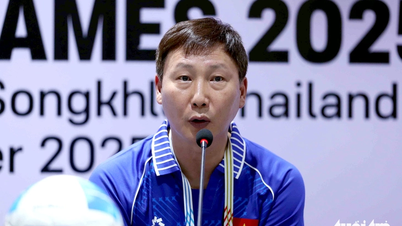

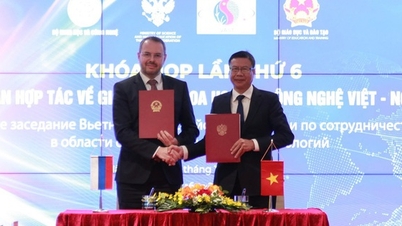
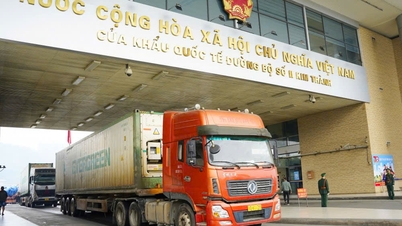

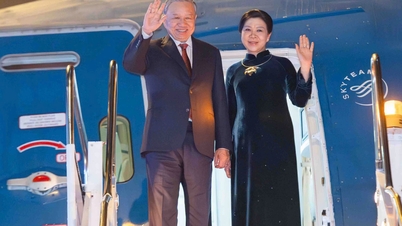

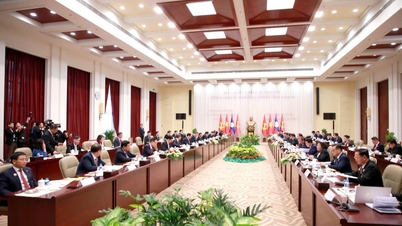

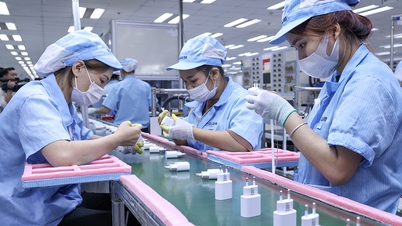
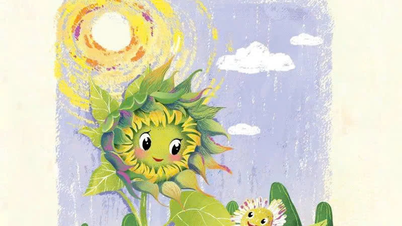

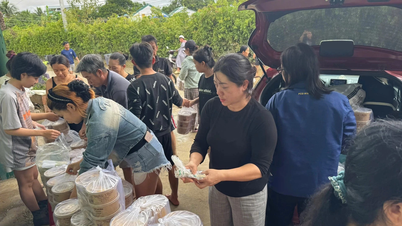
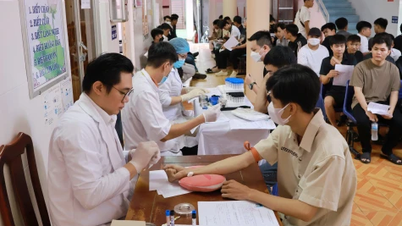



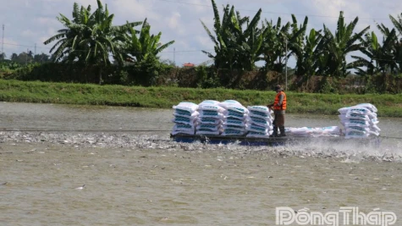









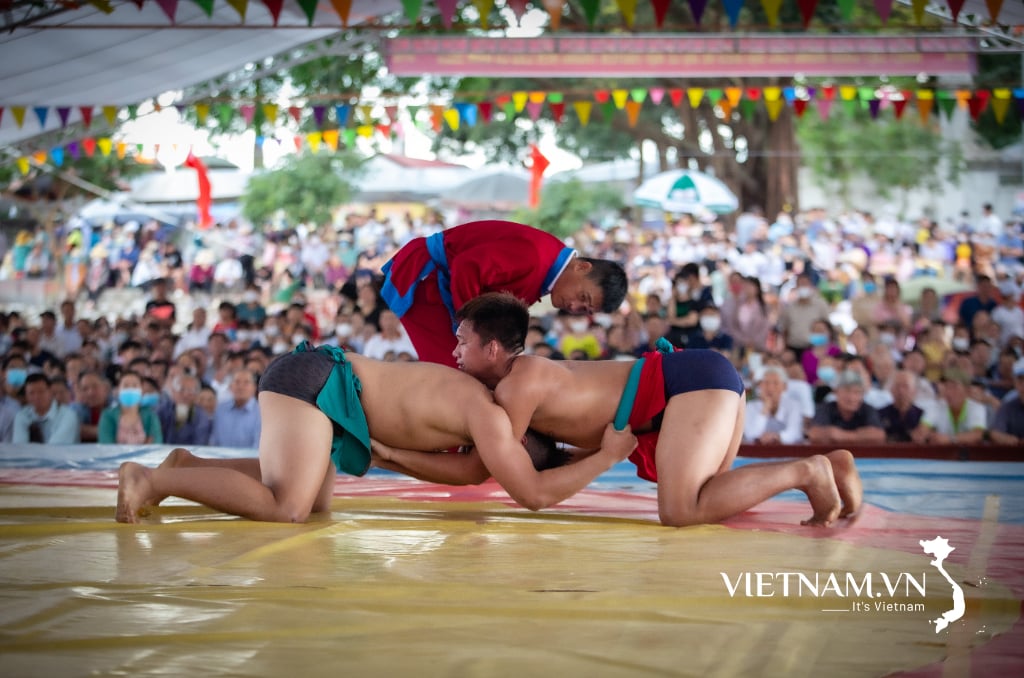



Comment (0)